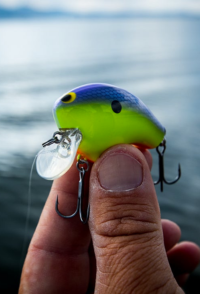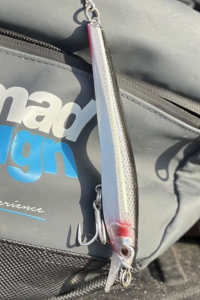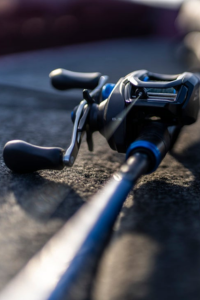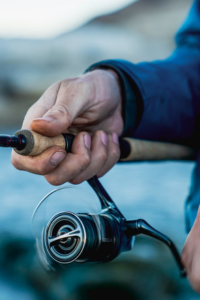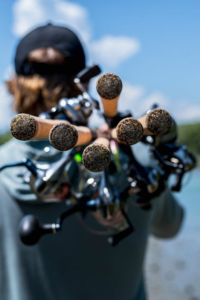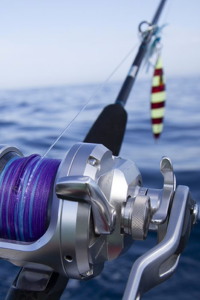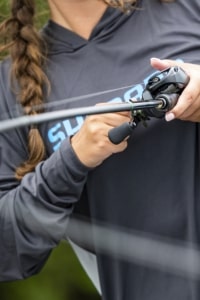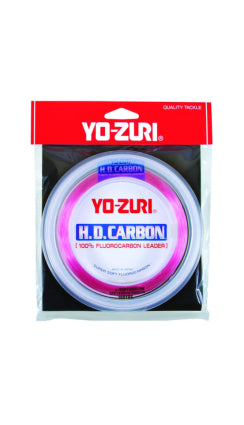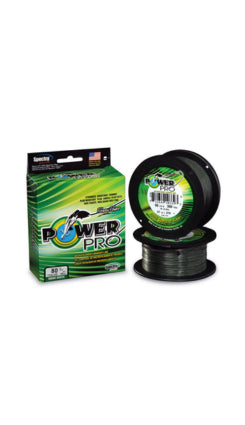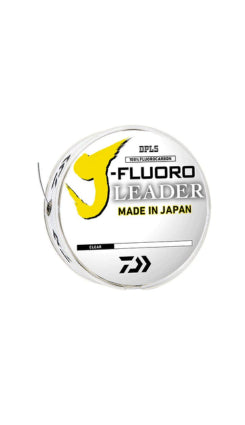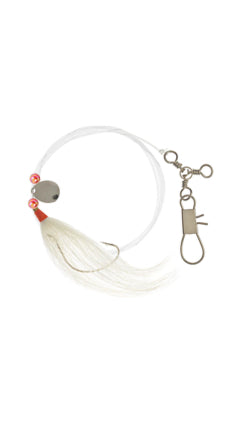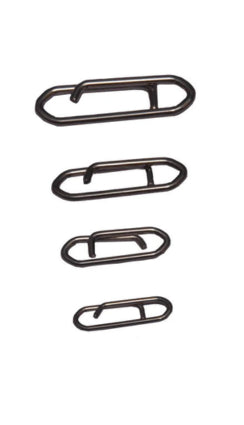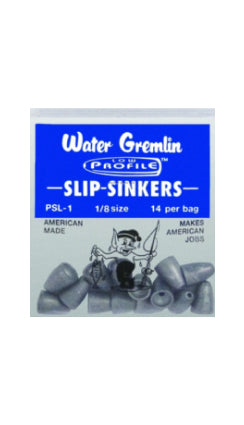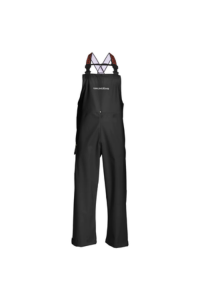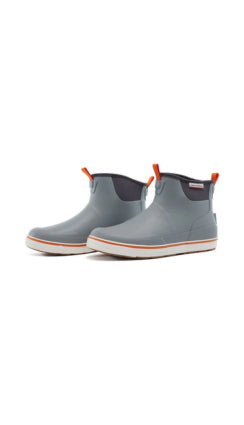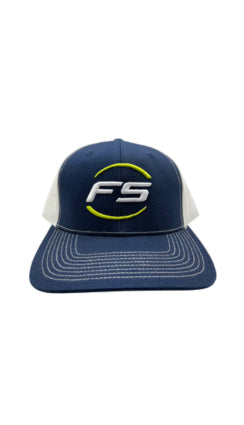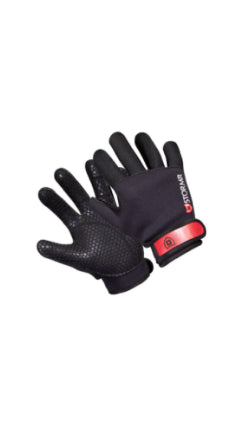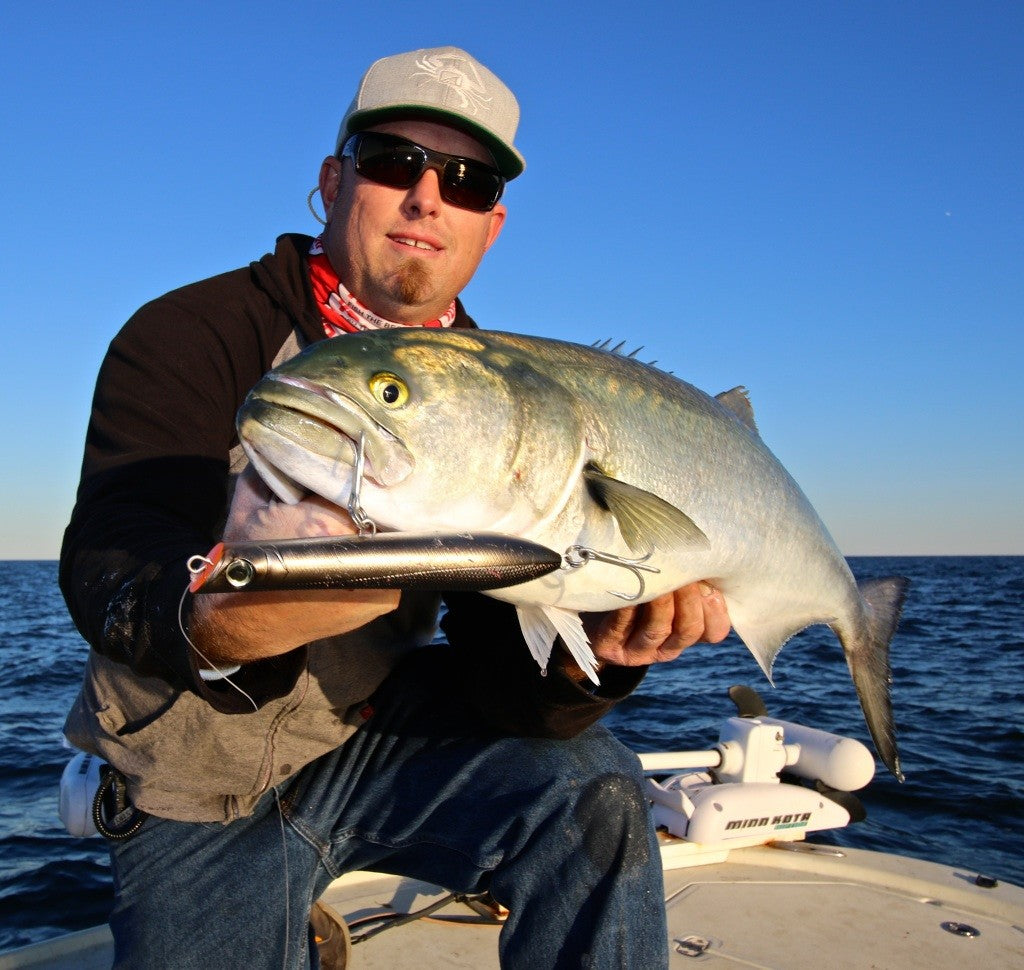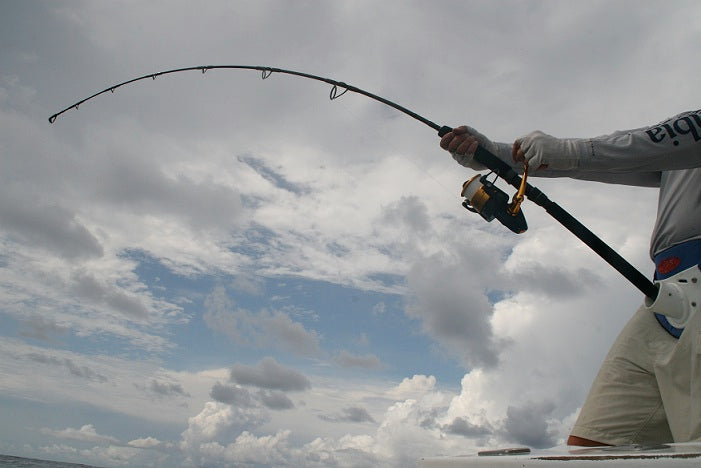The strike comes out of nowhere; one second there is nothing but the wake of your splashing popper on the mirrored surface, the next is pure bedlam as a striper of extra-large proportions comes boiling up behind the plug with an explosion of water that looks as though someone just dropped a bowling ball behind your plug…again and again the fish slashes and misses, but you just keep right on pumping the rod like a madman praying the fish doesn’t lose interest, and then finally, on the fifth strike you feel the weight as the bass finally got the lure firmly in her mouth, and you finally lean back into the hookset and feel the drag start peeling off your reel.If a technique exists to catch trophy fish that is more adrenaline inducing then walking a pencil popper, I have yet to hear about it.
When to Fish a Pencil Popper: Pencil poppers tend to work best in relatively calm surface conditions.You want the fish you are chasing to be able to feel the vibrations of that plug through their lateral line, and I am convinced that is easier for them to discern when there is not a lot of chop on the surface. That is not to say that you cannot or will not catch fish in rough or choppy conditions with a pencil, but when you think of ideal conditions for working a pencil popper, the calmer the better.Pencil poppers work best at dawn or dusk or even during the day if you have good conditions for actively feeding fish.
I have never caught a saltwater fish on a pencil popper at night, although I know a few reputable anglers that have, but personally I wait for at least gray light of morning before tying one on.That being said I have had some great results working smaller 4″ dark colored pencils at night in fresh water for both largemouth and smallmouth bass as well as hybrid stripers.I tend to slow my technique down a bit and try to keep a very consistent pattern to my retrieve when fishing at night.
Pencil poppers also work well when you have fish feeding out of casting range of more traditional swimming plugs or soft plastics.Many trophy stripers have fallen victim to a well worked pencil popper slashing through a pod of menhaden holding just at the end of casting range.
Technique: A pencil popper doesn’t actually pop at all when worked properly.Instead it will have a violent side to side slashing action throwing water to the left and right with every shake of the rod.Hard to describe, but relatively easy once you try it or see someone else doing it so don’t be intimidated if you have never tried before. After you cast your lure and take up most of the slack, grab your rod about 10″ above the reel seat and pinch the line between your thumb and forefinger.This will allow you to keep the line packed tightly on your reel even though you will be retrieving the line erratically.Most people then place the rod butt between their legs or on their hip. Start with the rod at about the 10 o’clock position, and with still just a bit of slack between the rod tip and popper you will now give a good yank to about the 11 o’clock position with your hand up on the rod to start the lures action.As you rapidly bring the rod back to the 10 o’clock position, take up between a 1/4 and 1/2 turn on your reel to remove some of, but not all the slack you generated by popping your rod.Now repeat this process rapidly until the lure is back at your feet.When done properly, your rod will always be moving and you will almost constantly be taking up slack between the rod and lure.It should look like you are shaking the rod back and forth between 10:00 and 11:00 without ever letting it rest.One of hardest parts about learning to pencil pop correctly, is learning to make sure you never actually reel tight to the lure, a small amount of slack is needed to keep the bait working properly.It is that slack in the line that keeps the bait cutting side to side rather than just jumping forward.If you are finding you can’t make a pencil popper walk side to side, I will almost guarantee you do not have enough slack in your line.
Tackle: Pencil Popping is one technique when tackle can make a major difference between fishing and catching.It is very hard to get that frenzied action out of a pencil if you are fishing too stiff of a rod.Years ago, most anglers used glass rods when fishing pencil poppers and indeed many anglers still choose to go this route.I actually started out using an old Shakespeare 10′ ugly stick with a Penn 704Z and 20lb pink mono, and that combo caught lots of fish, but it was also extremely tiring to throw do to the weight of the tackle.Now-a-days I much prefer a light-weight graphite rod with a moderate taper and a light weight matching reel spooled with a quality braided line.The length of a pencil popping rod is much a matter of personal preference, with 10’6″ to 12′ being standard for ocean front beaches while some anglers prefer a 9′ for the back bay.The Tsunami Airwave Elite 11′ medium has just the right combination of lightweight sensitivity while still being parabolic enough to really work a pencil popper properly.I am a big fan of braided line for pencil popping as it lets me cast further as well as get a more positive hook set once the fish finally gets the popper in its mouth.My personal setup is a Tsunami Airwave EliteTSAWESS-1102M paired with a Penn Slammer III 5500 spooled with 40lb Power Pro Maxcuatro .At the terminal end I tie on a 120lb Spro Power Swivel, about three feet of Seaguar 40lb Fluorocarbon and finish with a 125lb tactical angler clip .
Poppers: Pencil Poppers were originally hand carved out of wood and indeed many different custom lure builders are still turning beautiful pencil poppers,however, for the purpose of this article we are going to focus on mass produced hard plastic pencils readily available coast to coast. The 3 lures that are always in my bag would be the Yo-zuri Inshore Pencil Popper, the Tsunami XD Talkin Popper, and the original Cotton Cordell Pencil Popper(with the hooks and split rings upgraded).Different poppers have different actions and I find that a lighter popper such as the Cordell, can be worked in a more stationary manor which is deadly for a stubborn fish.Heavier baits such as the Tsunami XD will cast a mile and tend to track a little better in rougher water conditions making a smart choice when the surf starts to get rougher or you are dealing with choppier conditions on the boat.The Yo-Zuri Surface Cruiser will also cast a mile, but it is also the pencil I tie on in most big game conditions, with 3X strong and oversized hooks and split rings it stands up to explosive strikes from tuna and dorado time after time.
The Bite: The first time an angler sees a fish boil up on their popper their instinct is to immediately set the hook.Normally all they succeed in doing is ripping the plug out the water, and away from the fish.Often a fish will miss a pencil three or more times before they finally get it firmly in their mouth.This is actually one of the most exciting things about fishing a fast moving topwater plug.As visual as the bite normally is on a pencil popper, you really need to wait until you feel the weight of the fish before you attempt to set the hook.Many times, the fish will pull the plug right under the surface and you will see it disappear and if you set the hook you will end up pulling the plug away from the fish! Keep working the bait until you feel the weight of the fish then swing!
Final Thoughts: If savage top water strikes from trophy fish in slick calm conditions are something that gets your blood boiling, try picking up a few pencil poppers today.If not, may I suggest golf.

